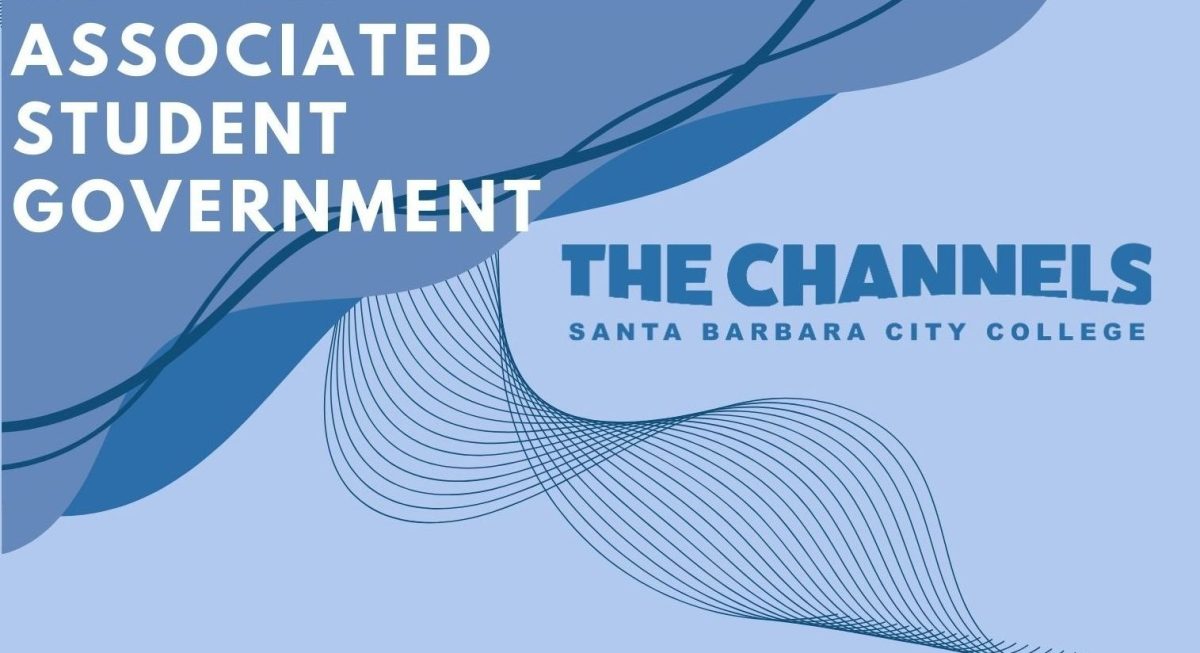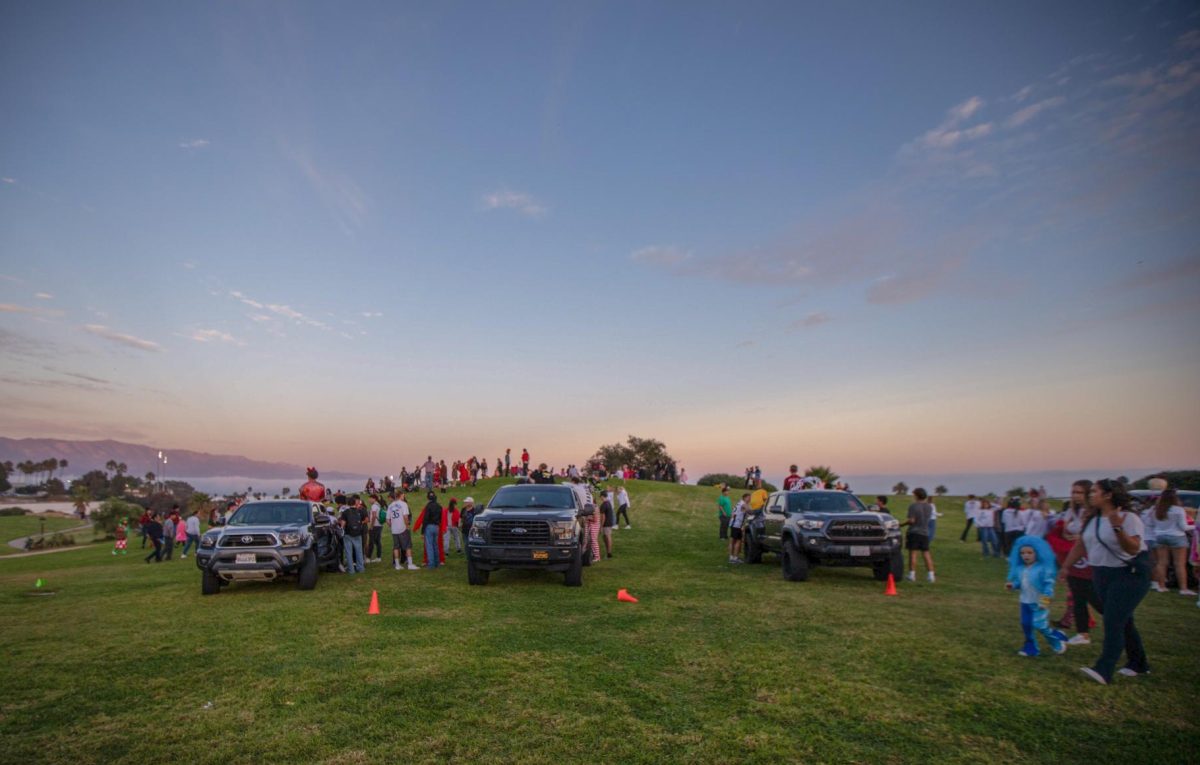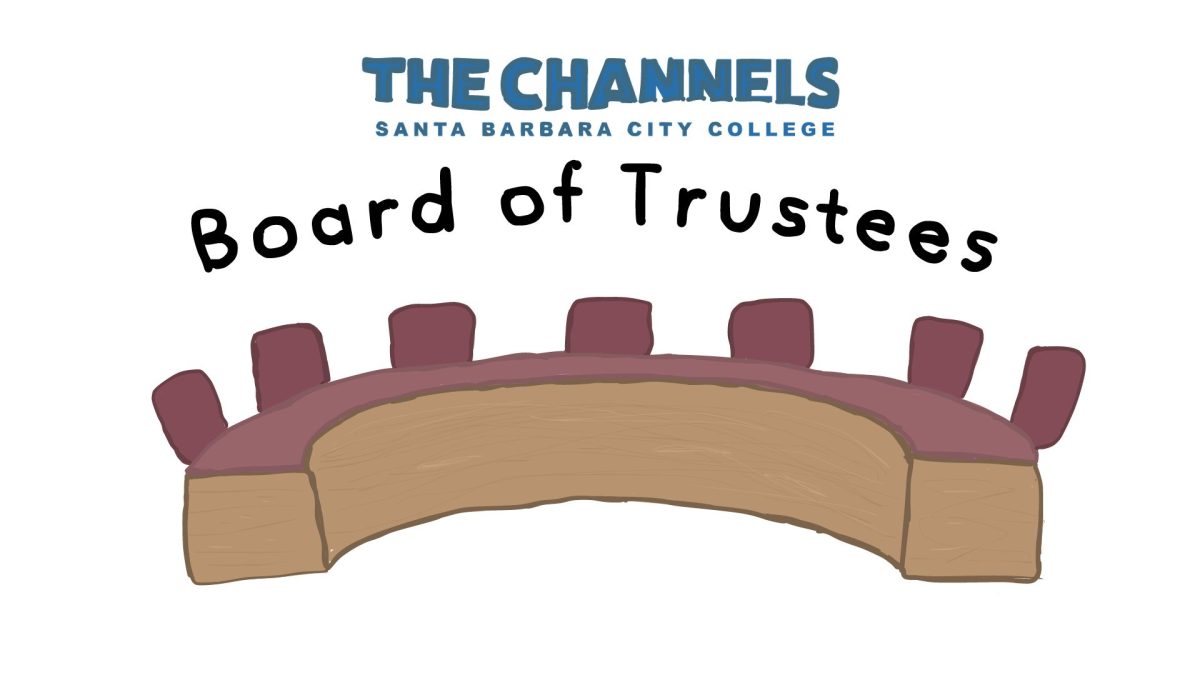It’s not easy being green. The developers of the School of Media Arts building are finding this to be true.
The college is considering for the second time to make the proposed building environmentally friendly. But college officials are balking at the added cost of going green to an already pricey proposal.
Director of Facilities Julie Hendricks presented the idea again going green at the Nov. 1 Board of Trustees special meeting, suggesting to redesign the building to meet the Leadership in Energy and Environmental Design standards, a rating systems created by the U.S. Green Building Council.
“There are a wide variety of opportunities for learning,” said Hendricks. “I think it’s the responsible thing to do.”
But using the SoMA building as the opportunity to go green would add about $700,000 to the building’s $45 million bill. About $200,000 would go directly toward the LEED certification.
LEED standards include four levels of rating: certified, silver, gold and platinum.
The level of accreditation is determined by how many energy-efficient parts a building includes.
Hendricks proposed only bringing the SoMA design up to certified level, the lowest accreditation rating. She said that getting the LEED certification is not needed, but it serves as a stamp of approval.
But the college’s qualm about going green is the extra price. The college already relying on a building bond on the 2008 local ballot to cover the rest of the building’s cost after the state pays its share of $33 million from Prop. 1D passed in fall 2006.
If the bond should fail to pass, the college is left paying the rest itself. Adding more to that worries college officials.
Trustee Dr. Kay Alexander criticized adjusting the designs when they already been finalized.
“We’re running very close to the line of not getting this building built at all,” Alexander said. “We’ve been running so scared on the cost of this building since the beginning. It’s because it’s so big.”
One hidden benefit not taken into account of the “greening” estimate is rebates. Rebates are often given when environment-friendly items such as solar panels are bought and implemented. If rebates are offered, it could offset the increased cost.
Going green would affect four areas of the SoMA building: water efficiency, energy efficiency, indoor and environmental quality, and materials and resources.
Hendricks pointed out that the building will already be somewhat green in its planned state. It is already more water-efficient because most of the water will be used in bathrooms. That efficiency could be improved by using low-flow or dual-flush toilets with storm water, Hendricks said.
What’s more, the site is already on developed land and would not take up open spaces, which is another part of the design that works in the green favor. Reusing the concrete from the site next to the Student Services Building would boost that.
Hendricks said one way to go greener at no extra cost would be to cut the building’s energy usage by letting in more natural light. But Hendricks added that may not be a viable option.
“In this building we don’t want a lot of windows,” Hendricks said in the Nov. 1 meeting. “So this may not be achievable.”
If the college should decide to put up the extra money, it would be getting a head start on a bill in the state legislature that would mandate community colleges to make future buildings LEED-certified.
CSUs and UCs s are already required to make new buildings at least silver LEED-certified.
The Board of Trustees will decide whether to go green today at its regular meeting.







